Keeping your RV cool during a road trip is key to ensuring a comfortable experience, especially in warmer climates. However, like any RV component, air conditioners can wear out over time and lose efficiency.
The good news is that you can upgrade certain parts of your RV AC unit, which can restore and even improve its performance. This guide outlines when and why you might consider upgrading your RV air conditioner, as well as the factors to consider when making those changes.
Signs It Might Be Time for an Upgrade
Since your AC is your main line of defense against the heat of the outdoors, it will go through a lot of wear and tear during its lifespan. If you want to maintain your comfort on the road, you need to know when to consider an upgrade. Here are some of the common signs that it’s time to give it an additional boost.
Reduced Cooling Efficiency
If you notice your RV isn’t as cool as it used to be or it takes longer for your AC to lower the temperature, it may be time to replace some of its internal parts. By going with upgraded parts, you can improve your system’s capacity to cool your RV effectively.
Increased Noise Levels
Even when parts are still working fine, older AC units often get louder over time due to fans or compressors slowly wearing out. Upgrading these components can reduce noise levels and ward off any future complications that could occur.
Higher Energy Consumption
Has your RV energy usage gone up unexpectedly? Aging units often draw more power to achieve the same level of cooling you’ve come to expect. Efficiency-based upgrades, such as replacing certain mechanical components, can save energy and cut operating costs in an instant.
Frequent Repairs
If you find yourself scheduling repair services often, it may be smarter to invest in upgrading your AC unit. Not only can this reduce maintenance costs, but it may also prevent a full-scale breakdown.
Outdated Features
Newer air conditioners come with features like smart thermostats, energy-saving modes, and better filters. If your existing setup lacks these features, certain upgrades can allow you to enjoy similar conveniences without replacing the entire unit.

Types of RV Air Conditioner Upgrades Available
If you’ve decided that it’s time to upgrade your RV air conditioner, you should know about all of the enhancements that are available. Let’s take a look at some of the more prominent camper AC unit parts and upgrades available on the market.
Upgraded Cooling Fans
One of the simplest ways to improve airflow in your RV is by upgrading the cooling fans in your air conditioner. High-efficiency fans reduce noise, improve air circulation, and help maintain consistent cooling across your space.
Smart Thermostats
Swapping out your traditional thermostat for a smart version provides better control and energy efficiency for your AC unit. Most smart thermostats offer remote management via apps, allowing you to adjust settings based on ambient temperatures and ensure optimal comfort.
Enhanced Air Filters
Upgrading to high-quality or HEPA-rated air filters not only improves air quality in your RV but also protects your AC’s internal components from damage caused by dirt and debris. This small upgrade can extend the life of your current unit exponentially.
Efficiency Boosters
Installing an efficiency kit or soft start system can optimize your AC’s efficiency. These kits help reduce the initial power surge when the AC system turns on, resulting in smoother performance and lower energy consumption.
Improved Insulation Kits
While technically not a direct part of your AC system, insulating your RV’s ducts and seals can maximize the performance of your air conditioning system. Better insulation reduces heat transfer, keeping the interior cool with less strain on the unit, so don’t count this out when considering upgrades.
Benefits of Upgrading Your RV Air Conditioner
It should go without saying, but upgrading your RV air conditioner comes with a host of benefits that go beyond cooling your space. To ensure you make a well-informed decision, we’ve gone into detail on each of the advantages you can expect to see.
Extended Unit Lifespan
Making strategic upgrades, such as replacing fans or adding energy-efficient components, can help your existing AC unit last longer. This reduces your need for costly replacements in the near future.
Improved Comfort
Upgrades, such as smart thermostats and better fans, improve temperature consistency and air circulation in ways you never thought possible. This will make your RV more comfortable year-round, no matter the weather.
Energy Savings
If you upgrade to energy-efficient components, your AC unit will consume less power, lowering your electricity usage overall. This will reduce the strain on your generator or solar power system while saving you some money in the process.
Enhanced Air Quality
An upside to replacing filters and adding advanced purification systems is that the air in your RV will become cleaner and allergen-free. This is ideal for those looking to improve the air quality in their RV.
Reduced Maintenance Costs
Something else worth noting is that upgrades that boost efficiency and durability also reduce the chances of future breakdowns and repairs. That means less time worrying about upkeep and more time enjoying your cross-country RV trip.

Factors To Consider Before Upgrading
Since there are quite a few upgrades to choose from, you should know that not all of them are suitable for every RV air conditioner. Here are important factors to weigh before making this kind of decision.
Match to Your RV Size
The type of upgrades you choose should be appropriate for the size and cooling needs of your RV. Some fan upgrades might be enough for smaller RVs, but they might not be enough for yours. On the other hand, some larger parts might be overkill for compact RVs. Most products will tell you which size they’re best suited for.
Compatibility With Existing Units
Not all AC units are created equal. That means you’ll need to check to see if the components you want to install are compatible with your AC model. Some older units may not work well with newer upgrades, such as smart technologies.
Budget Considerations
Upgrading your RV air conditioner should be cost-effective, but it’s important to evaluate whether the price of the upgrades aligns with your budget. Start with smaller, more affordable changes, such as filters, before considering larger investments like efficiency boosters.
Installation Complexity
Finally, you’ll need to determine whether the upgrade you’re considering is something you can handle as a DIY project or if it requires professional installation. Some upgrades will be quite straightforward, while others might require expert knowledge.
Why a Complete Replacement Might Be a Better Option
Although knowing when and why to upgrade your RV conditioner is our main focus, it’s important to recognize when a simple upgrade simply won’t cut it. If your air conditioner is over 10-15 years old, has significant wear, or requires extensive repairs in multiple areas, investing in a new unit might be the smarter call. While it’ll be more expensive initially, you’ll be able to get all the benefits mentioned here and more—plus the peace of mind that comes with not having to worry about the next fix or upgrade you’ll need.

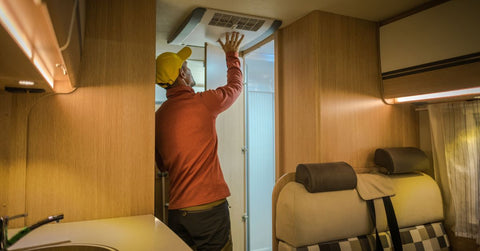
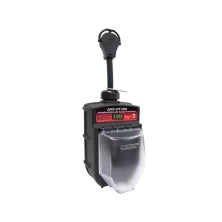
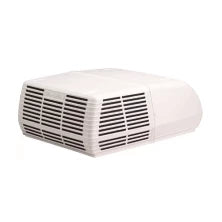
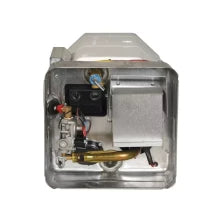
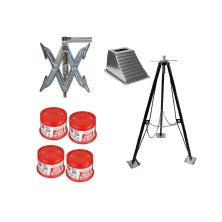
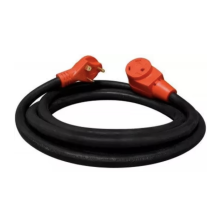
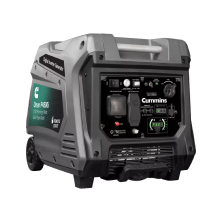

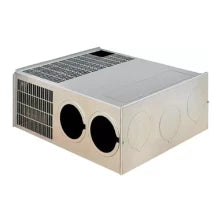


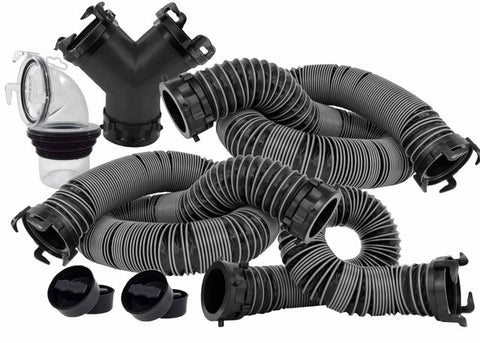

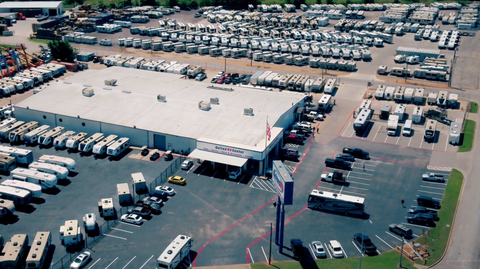
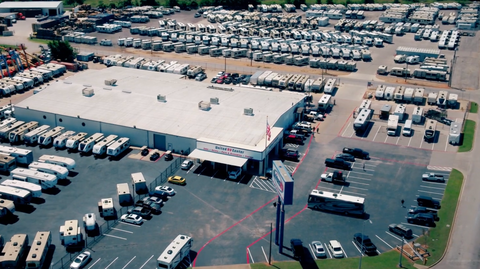
Comments (0)
There are no comments for this article. Be the first one to leave a message!